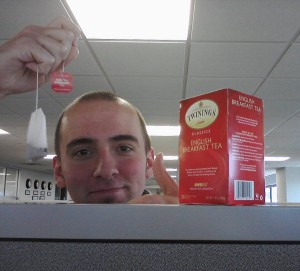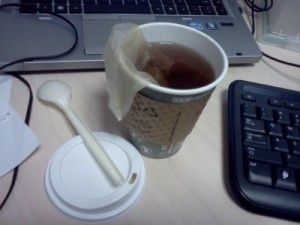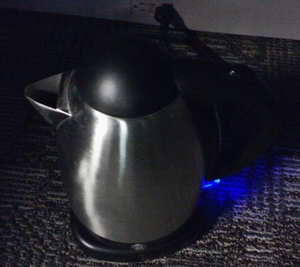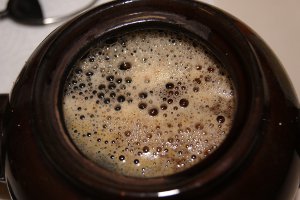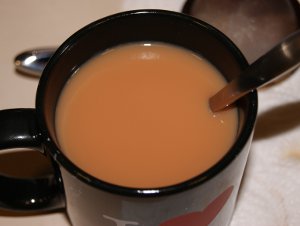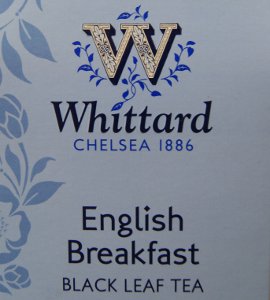It’s a battle of two tea bags — a little workplace frivolity instigated by my co-worker, who recently purchased a pack of Twinings English Breakfast from Walmart. So, which delivers a better brew — the traditional stringed tea bag from Twinings (very common in America), or the state-of-the-art meshed floater from PG Tips?
Comparing these two teas is a bit like comparing Budweiser and Bud Light beer. But which one is which?
I’ve depended on PG Tips for years. What it lacks in complexity, it makes up for it in body, strength, and malty goodness. Twinings English Breakfast is something I’ve had maybe once and never considered again. I believe both brands contain blends of Assam, Kenyan, and Ceylon teas, but I don’t know for sure.
PG Tips wins this contest hands down. When I drink a “breakfast tea”, I want a full body that will stand up well to milk and a little bitterness, which I like to temper with honey. It brews perfectly in about 2 minutes.
Twinings English Breakfast was better than expected. If you want a moderately strong tea that can be drunk without milk and/or sweetener, it’s a decent option; however, there are more flavorful loose leaf teas out there that better serve this purpose (including English Tea Store’s Scottish Breakfast, reviewed recently at Second Cuppa). Approximately 4–5 minutes will yield the desired result.
I’ve read (but not yet verifed) that the UK and US versions of Twinings are not the same. I don’t believe the same is true regarding PG Tips.
In summary, PG Tips is the Budweiser and Twinings English Breakfast is the Bud Light. Good night.

